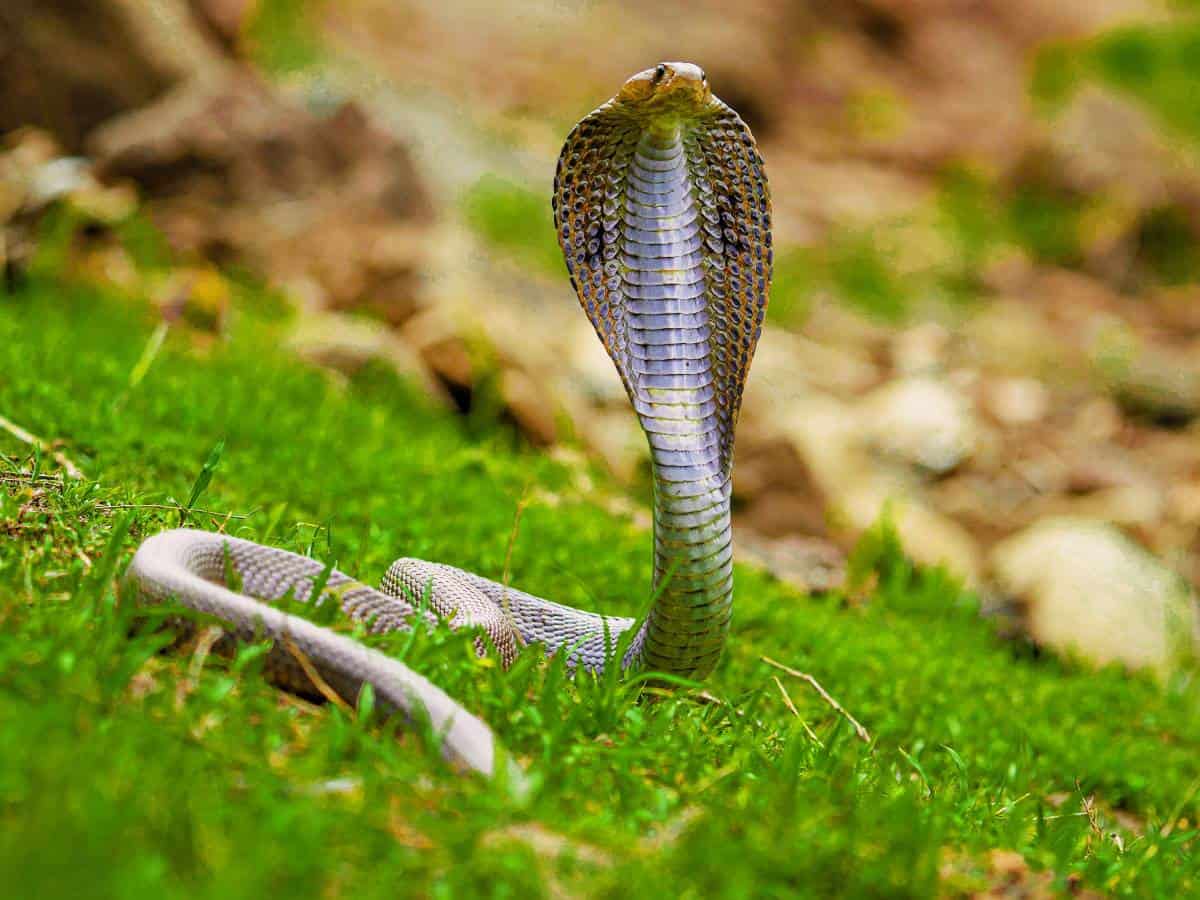
As the world observes Reptile Awareness Week every year from 21st October, it is prudent to look at members of the reptile, the Snakes, with a larger lens.
Many cities are home to various snake species, and urban expansion has led to frequent human-snake interactions. These interactions often provoke fear due to misconceptions, but snakes play a vital role in maintaining ecological balance. To bridge this gap and promote snake conservation, private and government organizations, NGOs and State Forest departments have undertaken initiatives to raise awareness and safely rescue snakes found amidst urban sprawls of cities.
The top ten richest cities in India by GDP are Mumbai, Delhi, Kolkata, Bengaluru, Chennai, Hyderabad, Pune, Ahmedabad, Surat, Visakhapatnam, yet they face a similar problem of encounters with snakes of all kinds. But why is this phenomenon on the increase?

Excessive trash generation in big cities has led to a surge in vermin like rats, creating ideal conditions for snakes to thrive. Piles of garbage provide food and shelter for rodents, drawing snakes into urban areas in search of rats as prey-food. The growing human population and poor waste management aggravate this issue, leading to an alarming rise in snake encounters, which pose serious public health risks.
Indian tropical climate also influences the behaviour of its snake population. Being ectothermic [cold-blooded] creatures, snakes rely on external environmental conditions to regulate their body temperature. During the rainy season snakes enter a state of torpor [lethargy], as the wet and cool conditions make it difficult for them to function. However, once the rains stop, they slither out to bask in the sun and regain warmth. As the sun returns after rainy spells, it is common to spot snakes in open areas like under car bonnets, or on warm concrete floors, cozy corners inside homes etc. where they can absorb heat.
Apart from this natural cycle flooding in snake burrows also forces snakes to residential spaces like backyards and garages. This leads to increased sightings of snakes after rains and a surge in frantic calls to snake rescue organizations.

Recently at Arts College, Osmania University in Hyderabad, students are grappling with recurring snake sightings, especially in the basement housing the Journalism and Psychology departments. Despite some preventive steps, like installing wire mesh, the problem persists, and students demand better safeguards. It is reported that more than 300 snakes have been rescued in and around Hyderabad in recent months and some have also been killed by people because of inherent and unreasonable fear of the slithery snakes.
“The sight of snakes in cities is no longer rare,” says Shresatha Pachori of Wildlife SOS, a conservation organization which has been at the forefront of addressing this growing challenge, carrying out vital rescue missions in urban areas. In monsoon seasons when rains lash the landscape, they save over1000 snakes across India. The majority were rescued from Uttar Pradesh’s Agra and Mathura, Gujarat’s Vadodara, and even as far north as Srinagar in Jammu and Kashmir. Notably, Vadodara saw a spike in snake rescues. In July over 100 snakes were rescued due to floods. Despite the frequency of urban snake sightings, many people still don’t realize that most of these creatures are harmless. In fact, many of the snakes rescued by Wildlife SOS during this period were non-venomous.
“The Nehru Zoological Park in Hyderabad is also actively involved in snake education. As part of its awareness drive, the zoo organizes “Snake Shows,” which offer visitors a close-up view of both venomous and non-venomous snakes. The show dispels myths, teaches snake identification, and instructs visitors on how to react during a snake encounter. These snake-shows are a regular feature especially on holidays focusing on reptiles, held at the Hyderabad Zoo. The shows are increasingly popular with attendance of 100 to 400 people on any given day helping them overcome herpetophobia,” say the Zoo officials.
One of the key missions of snake rescue organizations across India is to educate the public about snakes. Most people fear snakes due to myths and misunderstandings about their stealthy and slimy behaviour. Awareness sessions in schools, communities, and corporate offices to teach people how to identify different snake species, especially the venomous ones like the Cobra, Krait, and Viper. These sessions also cover basic first-aid measures in the event of snakebite, such as keeping calm, avoiding straps and bandages, and seeking medical help immediately.

Snakes are an integral part of any city as numerous metropolises are riddled with concrete jungles that are fast merging with the natural jungles due to uncontrolled construction. This uncouth escalating construction works spreading into natural landscapes and ecosystems have a huge impact on snake population. After all, snakes are playing a crucial role in controlling rodent populations and maintaining biodiversity. However, the fear and misconceptions surrounding snakes often lead to conflict when they enter human spaces. Numerous organizations are working tirelessly to mitigate this conflict by rescuing snakes, relocating them, and educating the public.
The success of these conservation efforts relies heavily on public cooperation and continued mindfulness. By learning to coexist with snakes and understanding their behaviour, the residents of Hyderabad and other cities can contribute to the preservation of these fascinating reptiles and ensure a balanced ecological system.




